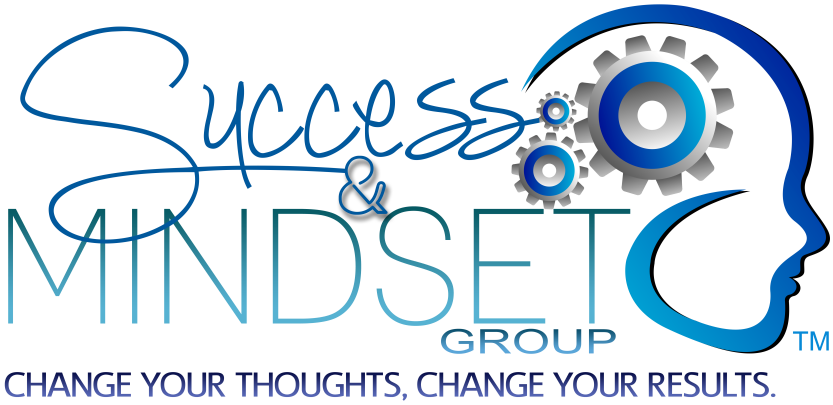In recent posts, I have broken down stress reduction into multiple strategies. These have included changing your thoughts, using progressive muscle relaxation, mastering your time, and maintaining your focus. In the last post, I mentioned goal setting but wanted to emphasize this in more depth. Be clear that we are not speaking about a "to-do" list. Rather, I am speaking about defining your mission/purpose and then creating a plan to make it happen. As the old saying goes, "If you don't know where you are going, any road will take you there". Others speak about our having a purpose. In many respects, purpose is more about our mission and vision, the "why" we do what we do. The lack of this mission/vision ("why") often results in the depression I've seen in clients and patients.
Let's say you've determined your purpose ("why") to be the provision of sales materials and services to corporate and small business clients to help them become more productive with greater revenues. You are thinking about the various projects you need to initiate to implement a marketing strategy.
First, divide your projects and your work days into chunks.
To shift your attention to a new project, begin by organizing your thoughts and assessing the work that needs to be done. Mentally run down the list of critical questions you must address. Here are some favorites to get you started:
a. What needs to be done?
b. Why would it be desirable to do those things?
c. What have you already accomplished that will help you move forward with this project?
d. What do you need to know to complete this project?
e. What kinds of resources and help will you need when you start working on the project?
f. What's the next action step?
Write out your answers. Writing brings clarity, calmness and objectivity to the mind. All of these are incongruent with dysfunctional stress levels.
Next, create a sequence of specific, measurable steps to complete your project. Set milestones and deadlines to keep track of your progress. It's time to set SMART goals:
1. Specific
2. Measureable
3. Achievable
4. Realistic
5. Time-limited
Try a three-tier structure for your goals: the theme, the goals to support your theme, and the steps to accomplish your goals.
Your theme can be the big reason behind the project, the main aspect of it, or the crucial learning and development point. The theme helps to unify the parts of the project. It provides additional motivation and momentum to move forward.
Break your project into well-defined goals that will serve as the milestones for your work. When deciding upon goals consider the following:
* Make them big enough to really stretch your comfort zone. We often underestimate what we can achieve. Later in life most people regret not shooting for bigger goals. This is part of the self doubt endemic to many people.
* Picture the benefits you gain from completing your goals. Visualize the outcomes. High performers in many areas of life, e.g. athletics, business, use visualization to help them see the end state and also begin to craft intermediate steps. How would you know you have accomplished your objective? How will it feel to succeed? Capture your best reasons on paper and return to them when you need extra motivation.
* Identify the cost of your goals. Each goal comes with a price tag. What do you have to give up for the opportunity to achieve your goals? Identify those trade-offs and decide if you are truly willing to pay the price. As Bill Walsh of Powerteam International says, "You have to pay forward for success". Not the reverse.
* Prioritize and eliminate inconsistent goals. The goals we set often compete for our time, effort, and resources. It's important to know the priority of your goals and check for conflicting objectives. You may be as passionate about being with friends tonight as you are about completing your webinar outline, but you can't do both at the same time. You must choose.
* Set a deadline for each of your goals.
* Schedule regular intervals to revisit your goals and track your progress.
Divide your goals into smaller tasks or steps, giving each task a target date for completion as well. These steps will give you a clear picture of what you should be working on at any given time.
Finally, divide your work day into periods of uninterrupted time when you can focus on your scheduled tasks and eliminate distractions. Don't forget to take breaks periodically, and when you do so, switch your attention to something completely different and enjoyable. You want to use this downtime to recharge.
With each accomplishment, be sure to celebrate your victory, no matter how small. I am indebted to trainer/author Blair Singer for reminding me to do so and I make sure to do so for those with whom I work. Revise goals and steps as needed. If you find yourself getting frustrated, resort to checking your thoughts for negative ones ("I'll never get this"), using progressive muscle relaxation, revising or breaking down your goals/steps further, and/or getting some help. Achieving worthwhile goals is a sure way to think/feel better about yourself, accomplish more, and reduce your stress. For additional information, see other posts at www.successandmindset.com.
